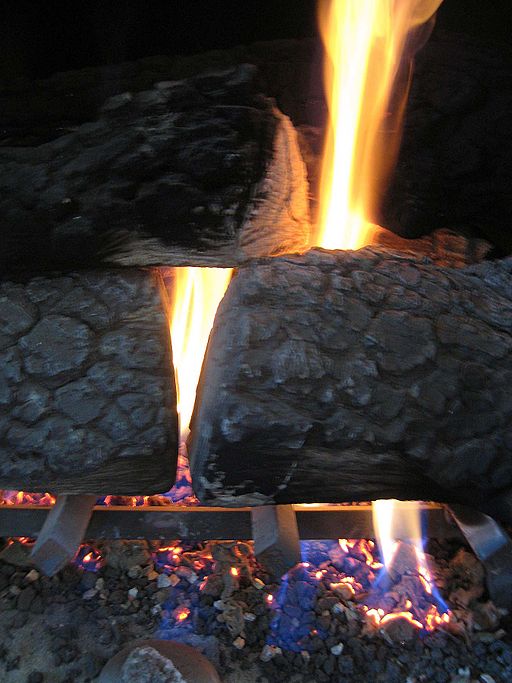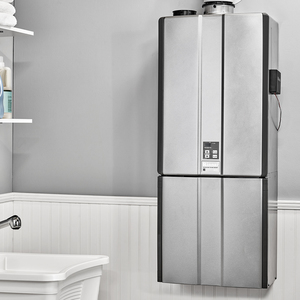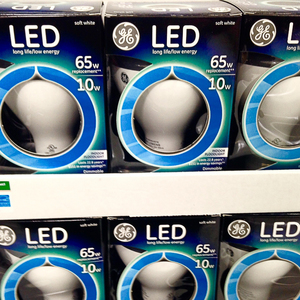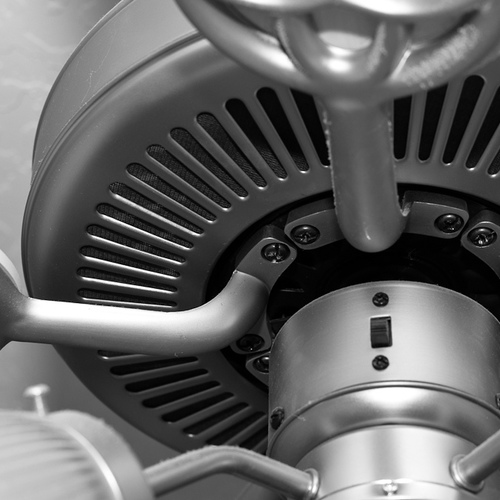
Image Credit: Wikimedia Commons
The Department of Energy has proposed a ban on continuously burning pilot lights in decorative hearth products such as gas fireplaces.
According to a blog posted by the American Council for an Energy-Efficient Economy, the pilot light in a gas fireplace can account for 40 percent of the total amount of energy the device consumes.
The proposed ban wouldn’t take effect until five years after publication of the final rule — so consumers could expect to see pilot lights on new gas fireplaces until the end of 2020.
The department said redesigning the ignition systems on fireplaces and similar products would save the average consumer about $165 over the life of the product, the ACEEE said. Nationally, the new standard would save consumers $3 billion over 30 years while reducing carbon dioxide emissions by 37 million metric tons.
New efficiency standards for fluorescents
Separately, the energy department posted its final rule on new efficiency standards for tubular (linear) fluorescent lamps, to go into effect in 2018, according to a summary posted at Mainstreet.com.
Efficiency (lumens per watt of electricity) will have to improve by varying amounts, depending on the length and type of the lamp.
The familiar fluorescent lighting fixtures account for as much as 70 percent of the electricity used for lighting in commercial and industrial buildings in the U.S., the post says, and the new efficiency standards will mean $78 billion in savings for consumers through 2030.
The rule was published in the Federal Register on January 26.
Noah Horowitz, a senior scientist at the Natural Resources Defense Council, told Mainstreet.com that the government missed an opportunity for more energy savings by failing to update standards for incandescent based reflector lamps.
“While a portion of the market is naturally moving to LEDs instead of incandescent based reflector lamps, DOE left hundreds of millions of dollars of annual savings on the table by choosing not to update its standards for these products,” he said. “As such, many of the bulbs screwed into the cans in your ceiling will continue to be the least efficient bulb in your home for years to come.”
Weekly Newsletter
Get building science and energy efficiency advice, plus special offers, in your inbox.















0 Comments
Log in or create an account to post a comment.
Sign up Log in